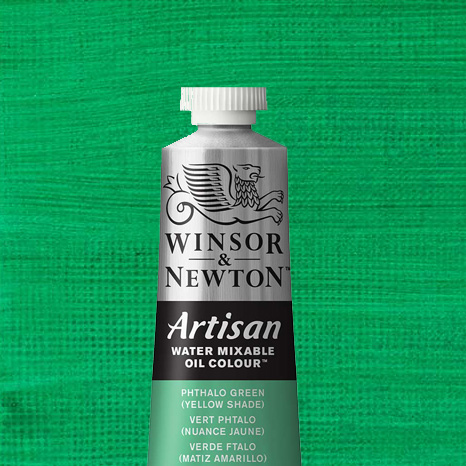Friday 10th November 2023
Are you an aspiring artist looking to create stunning
landscape paintings? Look no further! Here are five tips to help you achieve
your artistic vision:
1. Plan your composition
Before you start painting, take a moment to plan out your composition. Consider the placement of your focal point, the balance of colours and shapes, and the overall mood you want to convey. Sketching out a rough draft can help you visualize your ideas and make adjustments before you start painting.
2. Experiment with colour
Landscape paintings are all about capturing the beauty of nature, and colour plays a crucial role in this. Don't be afraid to experiment with different hues and shades to create depth and texture in your painting. Try using complementary colours to create contrast, or muted tones to convey a sense of calm.
3. Use light and shadow to your advantage
Light and shadow can add depth and drama to your landscape painting. Consider the direction of the light source and how it affects the shadows in your scene. Use highlights to draw attention to your focal point, and shadows to create contrast and depth.
4. Pay attention to details
The beauty of nature is in the details, so don't forget to include them in your painting. Whether it's the texture of tree bark, the movement of water, or the patterns in the clouds, capturing these small details can make a big difference in the overall impact of your painting.
5. Practice, practice, practice
Creating stunning landscape paintings takes time and practice. Don't be discouraged if your first attempts don't turn out as you hoped - keep experimenting, learning, and growing as an artist. The more you paint, the more you'll develop your own unique style and techniques.
With these tips in mind, you're well on your way to creating stunning landscape paintings that capture the beauty of nature. Remember to have fun and enjoy the creative process - after all, that's what art is all about!
1. Plan your composition
Before you start painting, take a moment to plan out your composition. Consider the placement of your focal point, the balance of colours and shapes, and the overall mood you want to convey. Sketching out a rough draft can help you visualize your ideas and make adjustments before you start painting.
2. Experiment with colour
Landscape paintings are all about capturing the beauty of nature, and colour plays a crucial role in this. Don't be afraid to experiment with different hues and shades to create depth and texture in your painting. Try using complementary colours to create contrast, or muted tones to convey a sense of calm.
3. Use light and shadow to your advantage
Light and shadow can add depth and drama to your landscape painting. Consider the direction of the light source and how it affects the shadows in your scene. Use highlights to draw attention to your focal point, and shadows to create contrast and depth.
4. Pay attention to details
The beauty of nature is in the details, so don't forget to include them in your painting. Whether it's the texture of tree bark, the movement of water, or the patterns in the clouds, capturing these small details can make a big difference in the overall impact of your painting.
5. Practice, practice, practice
Creating stunning landscape paintings takes time and practice. Don't be discouraged if your first attempts don't turn out as you hoped - keep experimenting, learning, and growing as an artist. The more you paint, the more you'll develop your own unique style and techniques.
With these tips in mind, you're well on your way to creating stunning landscape paintings that capture the beauty of nature. Remember to have fun and enjoy the creative process - after all, that's what art is all about!


 GBP (£)
GBP (£)






